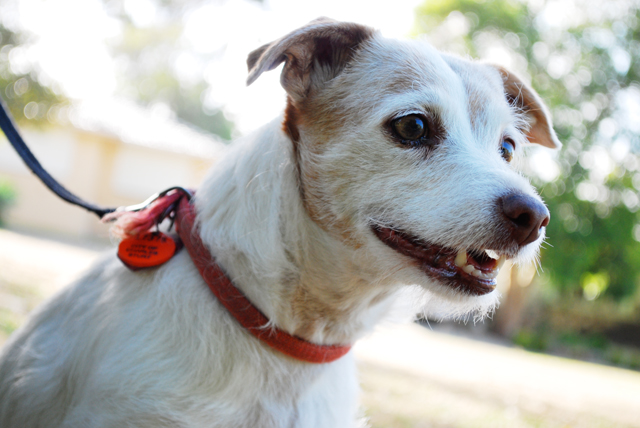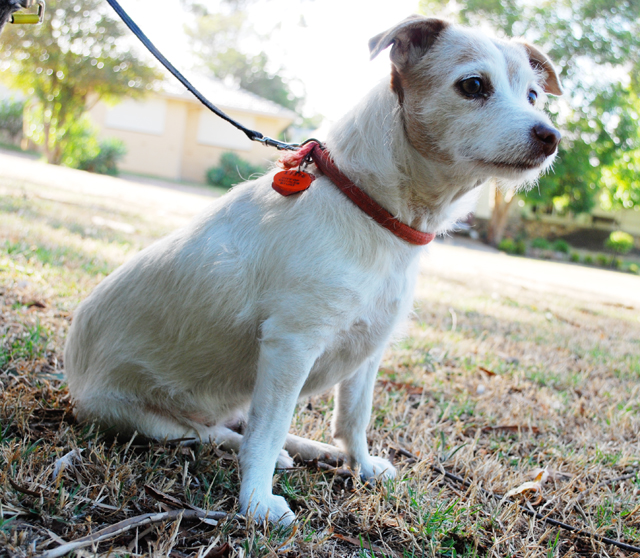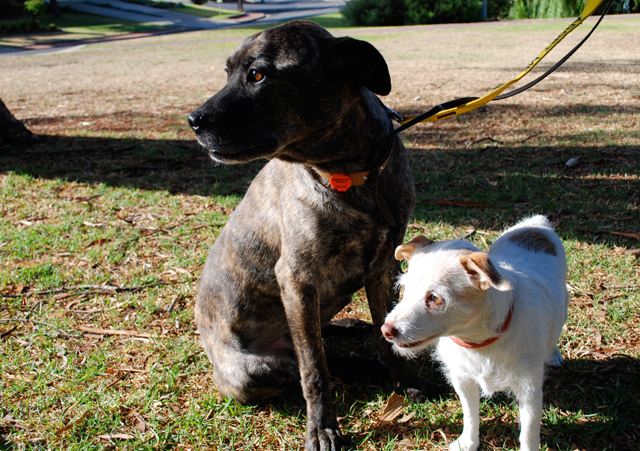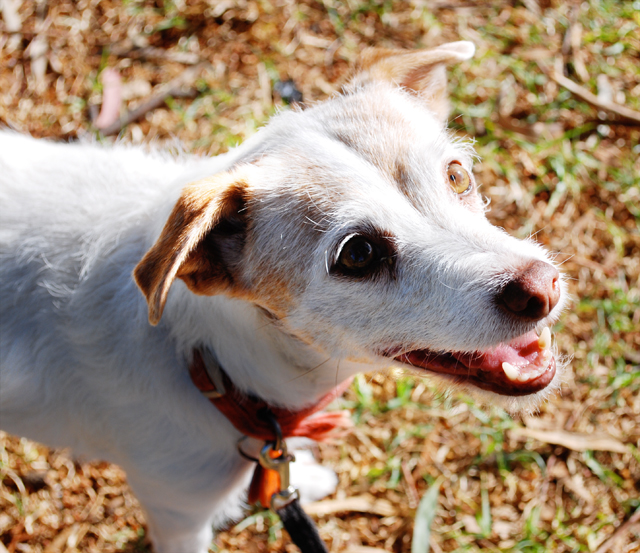Help! I need to rehome my dog!

With my rescue, I am currently getting a large number of surrender requests with people wanting to rehome their dogs. There seems to be a lack of understanding on what to do if you’re in a situation where you’re contemplating rehoming, so this guide is here to assist.
Do you really need to rehome your dog?
Circumstances are tough when you consider having to rehome a dog, but your circumstances are only ever temporary. So the first question I’d ask you is, do you really need to rehome a dog?
If you think you need to rehome your dog for accommodation issues, then boarding kennels are an excellent interim solution until you can find somewhere to live. Many boarding kennels will provide a discount if a dog is boarded for an extended period of time.
Do you need to rehome a dog for behavioural reasons, then have you considered investing in training? Either classes, private one-on-one training, or a board and train. (Even if you are not in a position to keep your dog after training, you have made the dog more desireable to a future home.)
Are finances the reason that you need to rehome your dog? If so, you can consider accessing financial relief services. There are numerous in South Australia in regional and metro areas. Some even are able to provide dog food.
If your situation is quite complex, with perhaps accommodation, safety, financial, mental health, or other situations at play, South Australia has a fantastic organisation called Safe Pets Safe Families. They can assist in select cases.
In 90% of cases, the best home for your dog is the one they already have.
I do really need to rehome my dog…
If you have tried all the options above and have decided you do need to rehome your dog, then I recommend…
- Contact your breeder or the rescue organisation you acquired your pet home. When you carefully chose the rescue or breeder you purchased your animal before, part of your selection process was an organisation that provides ongoing support. Contact your breeder or rescue first.
- Is your dog desexed? If so, you can advertise your dog privately. Places like Gumtree, Facebook, and ‘old school’ methods like community noticeboards. How you advertise your dog can make a big difference to the enquiries you get. By rehoming your dog privately, your dog experiences less stress (i.e. they only have to move house once), plus you are able to provide a detailed history and information about the dog to its new home.
- Breed specific rescues are the best place to start, if you are going to contact rescues. If breed specific rescues cannot assist, then contact local rescues. Work your way up to larger rescues. (Note that you should also ascertain whether the rescue is ethical prior to surrender.)
- Place your dog in boarding kennels on a temporary basis, if you are not able to secure a place for your dog promptly.
With all these options, starting the process as early as possible is your best plan. It may take days or weeks to coordinate the return of your dog to the breeder, or find a suitable home from your ad, or for the breed-specific rescue to have room
It can be difficult.
There’s no doubt that it’s difficult to make the decision to rehome a dog and, then, even harder to actually go through the process. This process is also hard for rescue groups. Keep in mind that most rescue groups in Australia are run by volunteers, with limited capacity. When you are able to find a solution for your dog without contacting a rescue, you are reducing burden on the volunteer system and leaving room for an animal that may be in more dire circumstances than your own.
With that in mind, if you do contact rescue groups: Please be kind. It is not their job to take your animal. It is not your place to make volunteers feel guilty about not taking your animal. Rescue groups are provided by caring individuals who want to help. Their kindness should be returned compassion.
Thank you for caring enough about your dog to try to find the best option for them. Good luck!


 Necessities
Necessities




